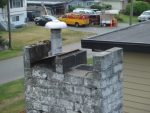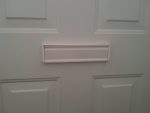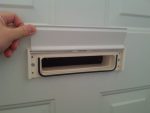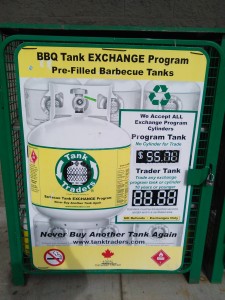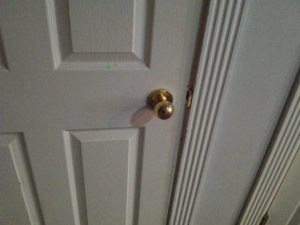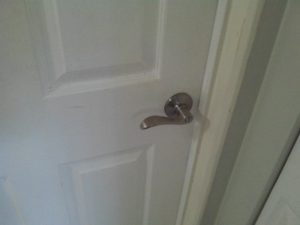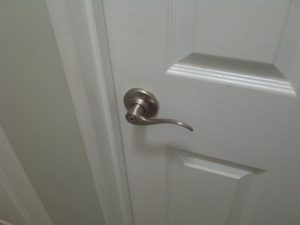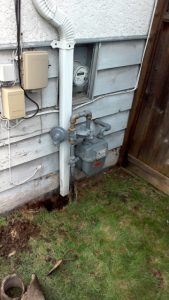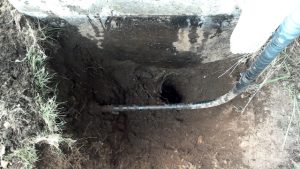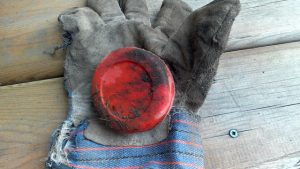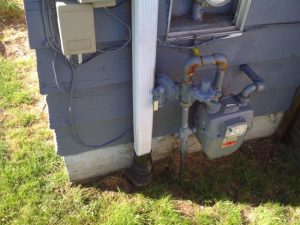I picked up a 39″ Sanyo FVM3982 that had an issue with the picture going out a couple seconds after initally turning on.
After removing the back panel, I checked for bad capacitors but there weren’t any. When I powered it up again, it started working so I closed it up and left it on for a couple of hours. The old adage “problems that go away by themselves come back by themselves” applied here and the next time I tried to turn it on, the problem came back.
Trying to identify the symptom better, it appeared that the backlight was shutting off. This was confirmed by shining a flashlight on the screen to see if the screen image was visible.
I wanted to get a look at the inverter boards which power the backlight but for this model of TV, it would involve taking apart the panel which is held in a steel frame with a bezel that holds the thin and fragile LCD panel in place.
The LCD panel is enclosed by the steel frame. On this TV, there was no internal plastic frame to keep the panel in place.
When I reassembled the bezel, I ended up cracking the perfectly good LCD panel since it wasn’t perfectly centered and my power drill overtightened the screws. I should have been more careful and only tightened the screws by hand. Leaving the TV on while assembling the front bezel would also give me visual confirmation I wasn’t over-tightening the screws.
Update: Research after the fact indicates the power supply board typically has protection circuitry that shuts off the backlight if a problem is detected. Burnt out CCFL bulbs or bad transformers are typical culprits in this case. A burnt out bulb can be bypassed by removing and shorting the associated transformer with only a slight degradation to the backlight brightness. With this TV, the inverter board was suspect since the backlight did work intermittently. A replacement inverter board was about $14 USD.

